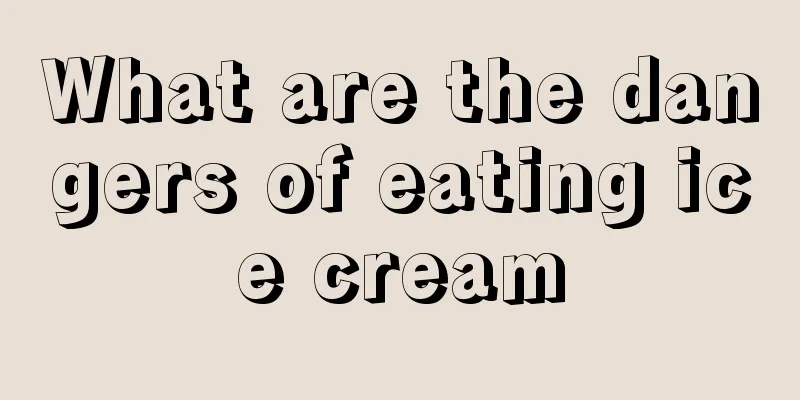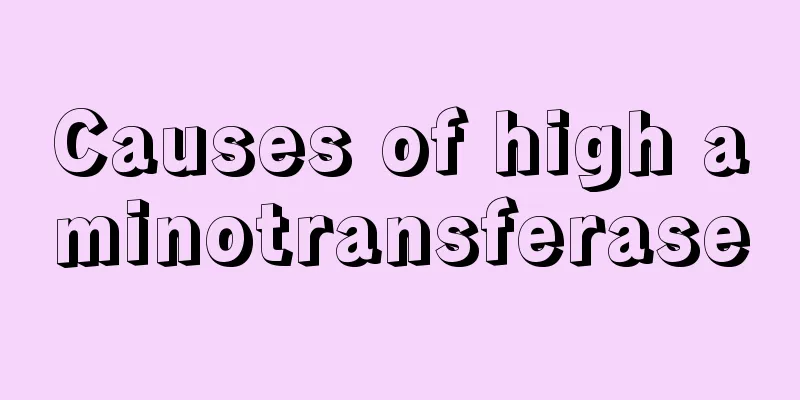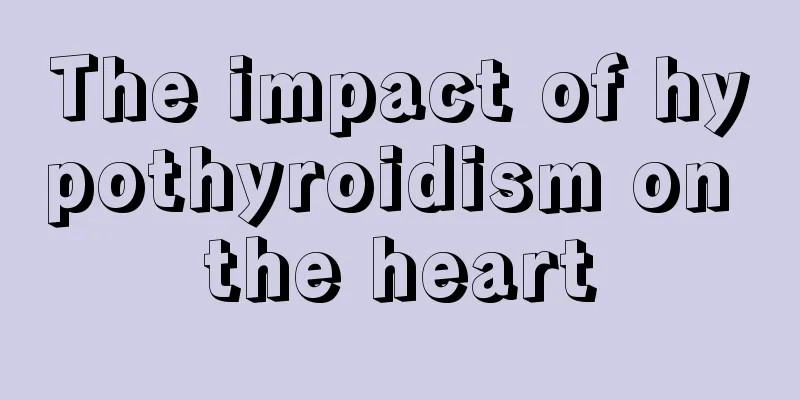What are the treatments for gastrointestinal polyps?

|
For diseases like gastrointestinal polyps, the first thing to do is to relieve your emotions and avoid being too nervous, because emotional tension or excitement may aggravate the symptoms of the disease. The more common treatments for gastrointestinal polyps include surgical treatment, endoscopic treatment, traditional Chinese medicine treatment, etc. Friends with gastrointestinal polyps must get checked in time to avoid missing the best time for treatment. 1. Surgical treatment of gastrointestinal polyps Surgical treatment of gastrointestinal polyps generally includes local resection, segmental intestinal resection, subtotal colectomy, total colectomy, and total colon and rectal resection. It depends on the number of polyps, the width of the base and their location. For single pedunculated polyps, endoscopic snare, electrocautery (coagulation) or ligation removal can be performed; for larger ones, intestinal wall or segment resection can be selected. For sessile or broad-pedunculated polyps located below the peritoneal fold, local resection through the anus (generally the distance between the polyp and the anal verge is required to be less than 5 cm) or local resection through the posterior sacral approach (the distance between the polyp and the anal verge is 6 to 9 cm); for polyps located above the peritoneal fold, intestinal wall resection or intestinal segment resection may be performed. II. Endoscopic treatment of gastrointestinal polyps Endoscopic treatment is the most commonly used method for removing gastrointestinal polyps, especially colorectal polyps. Best used for pedunculated polyps. There are many methods for endoscopic gastrointestinal polypectomy. Different treatment methods should be selected according to the location, size, shape, and presence or absence of pedicles of the gastrointestinal polyps. In recent years, with the improvement of endoscopic treatment technology, the means of colonoscopic endoscopic resection have become more and more numerous, and the indications have been increasingly expanded. 3. TCM treatment of gastrointestinal polyps Chinese medicine enema: For those with polyps in the colon, use 15g of Prunus mume, 15g of Trillium, 15g of Curcuma, 12g of Bletilla striata, 12g of Pomegranate peel, 15g of Portulaca oleracea, 12g of Patrinia scabra, 10g of Scutellaria baicalensis, and 10g of Cassia twig. Boil 200ml of each dose and use for enema for 2 minutes. Do it twice a day, retain the ingredients for more than 40 minutes each time, and one course of treatment is half a month. |
<<: What are the symptoms of lung disease?
>>: What are the symptoms of gastrointestinal tumors?
Recommend
Is the chance of esophageal cancer high at the age of 30?
Esophageal cancer clinically refers to esophageal...
Six-flavor bone-strengthening tea_What is six-flavor bone-strengthening tea
Liuwei Zhuanggu Tea, as the name suggests, is a k...
How long does it take to cure small cell lung cancer
How long does it take to cure small cell lung can...
What is the difference between aloe vera cotton and pure cotton
There are various types of fabrics. Everyone know...
Where can I find delicious food in Xi'an
Many cities in my country are tourist cities, suc...
Pain in one thigh
There are many nerves distributed in the human bo...
Breathing tips for breaststroke
In recent years, swimming has become an increasin...
Key points for postoperative care of patients with esophageal cancer
Postoperative care for esophageal cancer patients...
How long does it take to cure skin cancer
The incidence of skin cancer is very low in my co...
Can femtosecond laser cure astigmatism?
If a person has problems with myopia and astigmat...
The difference between genetically modified soybeans and non-genetically modified soybeans, support non-genetically modified
Many foods nowadays are genetically modified, esp...
What should we do to prevent fibroids
What should we do to prevent fibroids? With the c...
What is the best way to treat gastric cancer
Some gastric cancers cannot be treated surgically...
How much does pituitary tumor surgery cost?
The cost of pituitary tumor surgery ranges from t...
Why is my scalp so oily
In daily life, it is quite common to have an oily...









